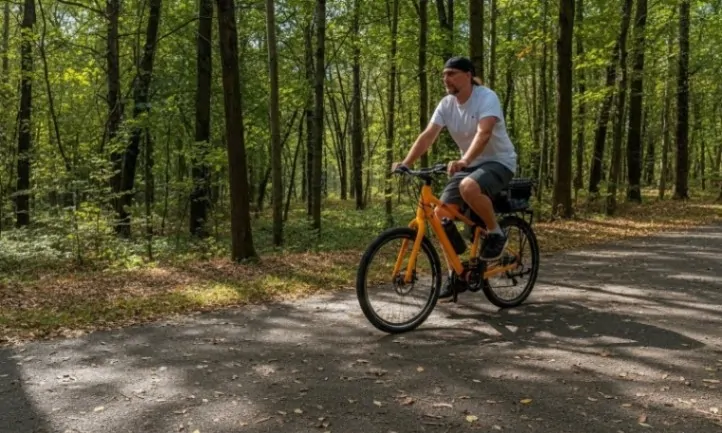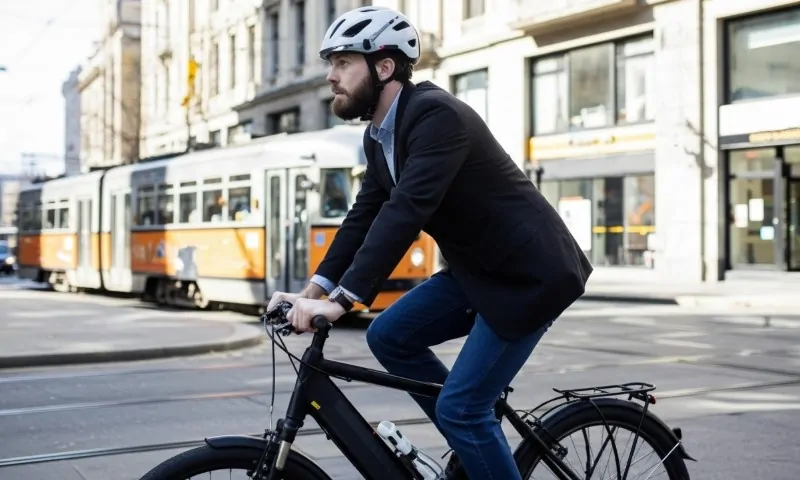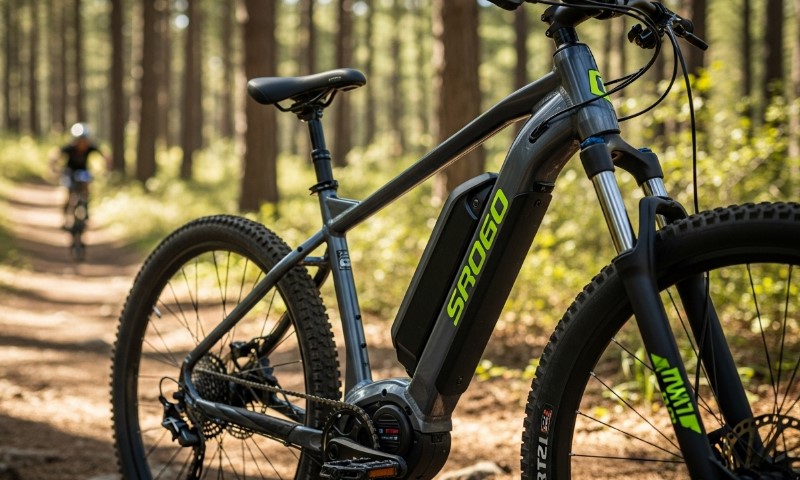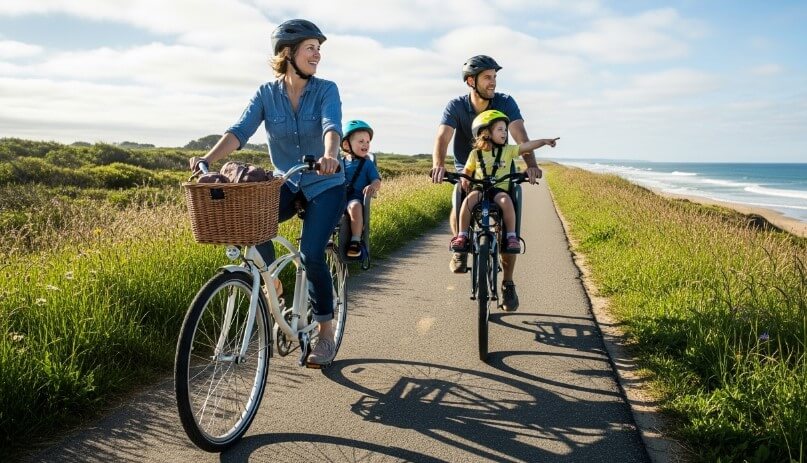Alright, so you’re in the market for a 24-inch bike. Maybe it’s for your kid, a shorter adult, or perhaps you’re just really into the idea of a slightly smaller bike.
Whatever the reason, choosing the right size can make the difference between a smooth ride and an awkward, uncomfortable experience. Let’s get straight to what you need to know.
Table of Contents
ToggleSizing Table for 24-Inch Bikes
To make things clearer, here’s a handy table to reference when picking out a 24-inch bike:
| Rider Height | Inseam Length | Age Range | Bike Type Recommendation |
| 4’2″ – 4’5″ | 22″ – 24″ | 8-10 | Hybrid or Mountain |
| 4’6″ – 4’9″ | 24″ – 26″ | 10-12 | Mountain or Road |
| 4’10” – 5’2″ | 26″ – 28″ | Adult | Hybrid, Road, or Mountain |
| Under 5’4″ | Varies | Adult | Mountain for rugged, Road for speed |
Who Should Ride a 24-Inch Bike?
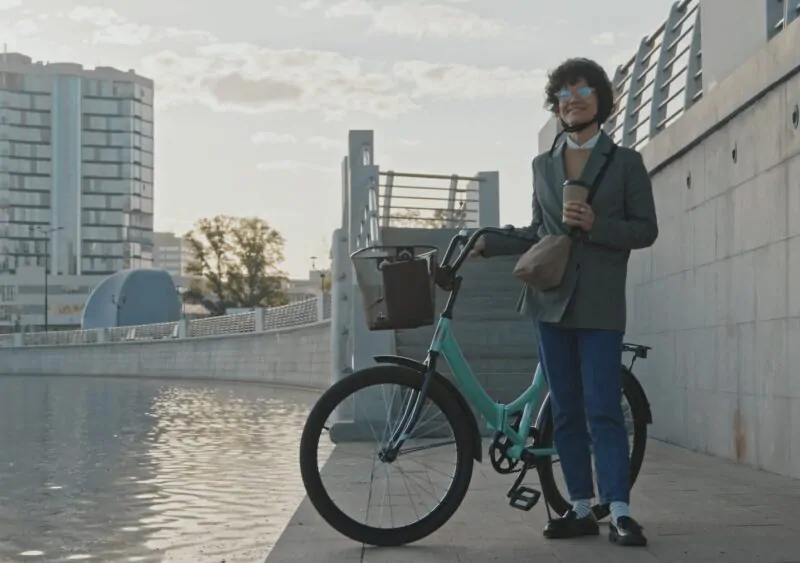
First off, a 24-inch bike isn’t some magical number plucked from the bike sizing ether, and the same can be said about a 26-inch one, which I recently talked about.
It’s typically meant for kids transitioning from those tiny starter bikes or for shorter adults who find larger bikes just a tad too unwieldy. If you’re considering one, here are a few key things to keep in mind:
Kids
Kids grow like weeds. One minute they’re wobbling around on training wheels, the next they’re popping wheelies.
Generally, a 24-inch bike suits kids aged 8 to 12. But hey, age is just a number, right? More importantly, check their height. If they’re between 4’2″ and 4’9″, a 24-inch bike should be their sweet spot.
Shorter Adults
For shorter adults (we’re talking about those who are under 5’4″), a 24-inch bike can offer a more comfortable ride.
It’s not about settling for the kiddie bike; it’s about finding a size that fits without feeling like you’re trying to ride a giraffe.
Measuring for the Perfect Fit
You wouldn’t buy shoes without knowing your size, right? The same logic applies to bikes. Let’s look at the critical measurements:
Inseam Measurement
Grab a tape measure. Have the rider stand straight with feet shoulder-width apart and measure from the ground up to their crotch. A 24-inch bike typically fits an inseam of about 24 to 28 inches.
Height
While inseam is king, height helps refine the choice. As mentioned, kids between 4’2″ and 4’9″ and adults under 5’4″ will likely find a 24-inch bike just right.
Test Ride
The real test? Taking it for a spin. Make sure they can stand over the bike with both feet flat on the ground. If they’re tip-toeing, it’s too big. If they look like they’re riding a clown bike, it’s too small.
Types of 24-Inch Bikes
Bikes come in many flavors. Here are a few types to consider:
Mountain Bikes
Built for off-road adventures, these bikes are rugged and durable. They often come with front or dual suspension to handle rough terrain. Perfect for the kid who dreams of conquering the neighborhood dirt trail.
Road Bikes
Designed for speed and distance on paved surfaces, road bikes are lightweight with thinner tires. Great for the budding cyclist who wants to keep up with the grown-ups on weekend rides.
Hybrid Bikes
A mix of mountain and road bikes, hybrids are versatile. They can handle a bit of off-road while still being comfortable on pavement. Ideal for the rider who wants a bit of everything.
Features to Look For
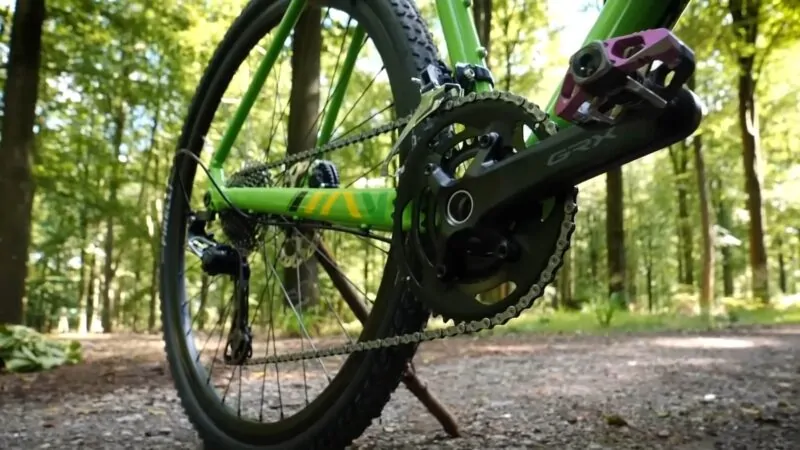
Not all bikes are created equal. Here’s what to check:
- Frame Material: Aluminum is light and rust-resistant. Steel is more durable but heavier. Carbon fiber is light and strong but can be expensive. Choose based on your budget and the bike’s intended use.
- Gears: More gears can make pedaling easier, especially on hills. For a 24-inch bike, 7 to 21 speeds are common. If the rider is new to gears, fewer might be better to start.
- Brakes: Disc brakes provide better stopping power, especially in wet conditions. Rim brakes are lighter and cheaper but less effective in the rain. Consider where and how the bike will be used.
- Suspension: Front suspension (or hardtail) bikes are good for light off-roading. Full suspension (front and rear) is better for serious trails. No suspension means a smoother ride on paved roads.
- Fit and Adjustability: Look for adjustable seat height and handlebar positions. The rider will grow, and so should the bike. Being able to tweak the fit can extend the bike’s usable life.
The Price Factor
You get what you pay for. Here’s a breakdown of what to expect at different price points:
- Under $200 – You’ll find basic bikes. They’re fine for casual riding and short-term use. Don’t expect high-end components or durability.
- $200 – $500 – A sweet spot for most buyers. These bikes offer a balance of quality and affordability. They come with better components and build quality.
- Over $500 – High-end territory. These bikes feature top-notch materials and components. They’re built to last and perform well under various conditions.
Test Riding Is the Ultimate Decision Maker
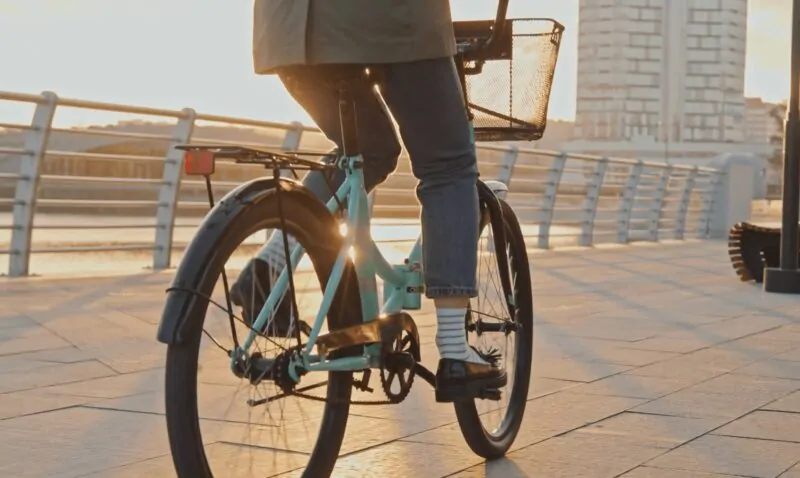
Despite all the charts and measurements, nothing beats a test ride. Have the rider hop on the bike and see how it feels.
Make sure the handlebars and seat are adjusted correctly. The rider should feel comfortable and in control.
Check for:
- Balance: Can they balance easily without wobbling?
- Braking: Do the brakes respond well without too much effort?
- Comfort: Is the seat comfortable? Are the handlebars at a good height?
- Control: Do they have control over the bike when turning or stopping?
Don’t Forget to Take Care of Your Bike
Keeping the bike in good shape ensures it lasts longer and rides smoother. Here are some quick maintenance tips:
- Regular Cleaning: Wipe down the frame, especially after rides in mud or rain.
- Lubricate the Chain: A little bike-specific lubricant goes a long way in keeping the chain smooth and rust-free.
- Check Tire Pressure: Underinflated tires make for a sluggish ride. Keep them at the recommended pressure.
- Brake Check: Ensure the brakes are responsive. Adjust or replace as needed.
- Gear Maintenance: If the bike has gears, make sure they shift smoothly. A quick tune-up at a bike shop can help.
Final Thoughts
Choosing a 24-inch bike isn’t rocket science, but it does require some thought. Measure the rider, consider their needs, and test the bike before making a decision.
With the right fit, a 24-inch bike can offer years of fun and adventure. So, whether it’s for a kid or a shorter adult, take the time to find that perfect fit.




